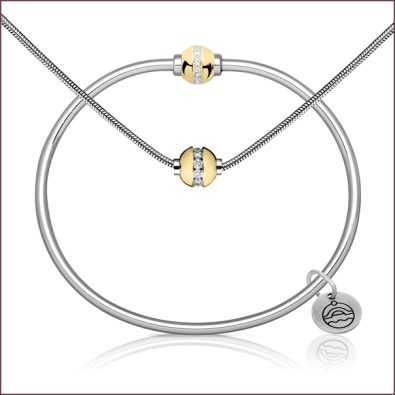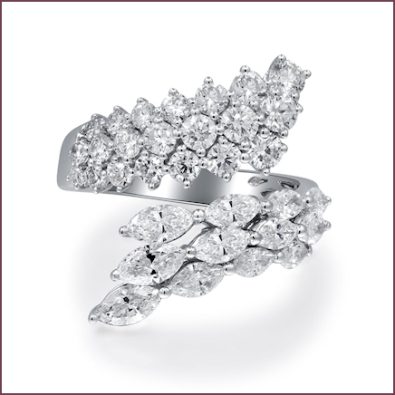Customer Outreach
Recent articles in business journals like Forbes and Fortune tout the expansion of the world jewelry market as the industry moves aggressively online. The global jewelry market is forecasted to reach $257 billion in 2017, and grow at a rate of 5% per year for the next five years, cites Research and Market. While the online fine jewelry market accounts for about 5% of this, it’s expected to grow at a faster rate to capture 10% of the market by 2020. Navigating this evolving platform requires smart customer outreach. Here are some strategies to consider:
Target Groups
Marty Hurwitz, CEO of MVI Marketing, suggests that jewelry sales may be suffering for many who are not capturing the attention of the newest generations of customers. Millennial bridal, self-purchasing female and multi-cultural consumers are what the Los Angeles-based marketing firm defines in a 2015 report as “The Holy Trinity of Jewelry Customers” for the next 25 years.
 Hurwitz says jewelers cannot continue their Baby Boomer approach to business, with an average 10,000 boomers turning 65 every 24 hours for the next 19 years (LA Times). With millennials logging 18 hours of media use a day (The Wall Street Journal) jewelers must be where they are. The Knot reports 84% of bridal consumers are influenced by wedding pro websites, 50% research rings online, 45% use social media to search for rings, and 60% rate products and services.
Hurwitz says jewelers cannot continue their Baby Boomer approach to business, with an average 10,000 boomers turning 65 every 24 hours for the next 19 years (LA Times). With millennials logging 18 hours of media use a day (The Wall Street Journal) jewelers must be where they are. The Knot reports 84% of bridal consumers are influenced by wedding pro websites, 50% research rings online, 45% use social media to search for rings, and 60% rate products and services.
Bring the in-store experience online, advocates Jay Gerber for WR Cobb, East Providence, Rhode Island. With its customizable online platform, he says jewelers can upload their own products and work with items from WRC’s selection of classic basics that offers different views, suggests matching bands, and has video loop for every engagement ring.
A different approach is also needed to attract self-purchasing women who, Hurwitz says, shop for every other type of accessory up to six times a year. He says marketing is still geared to men buying for women and not women buying their own jewelry; and inventories are primarily in white diamonds when women want color. Jewelers must become fashion experts.
Great buying power lies in the Hispanic community as well, says Hurwitz. According to Pew Research, Hispanic Americans are the only ethnic group to see a decline in their poverty rate in the 2013 US Census. A vibrant jewelry-consuming group, MVI research shows Hispanic consumers feel left out of the messaging, struggling to find store marketing and websites translated in Spanish.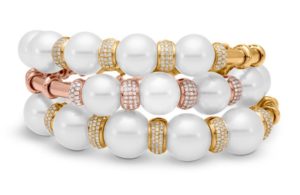
But jewelers who haven’t reached out to growing ethnic populations in their community should not immediately double down, says Kate Peterson, president of Performance Concepts, Montgomery Village, Maryland. “Study the market. Be sensitive to work with people who understand the culture and how to get involved in the community in a way that makes sense to them.”
Growth Marketing
To better understand your customers, Dana Cali, communications for Mastoloni, New York City advocates digital analytics tools for low-cost, high-yield results. “It enables you to gauge your audience’s reaction and alter your message quickly. There’s also flexibility to run tests and find out what works best for you.”
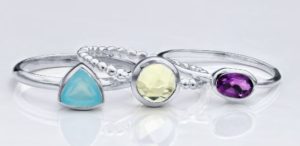 Jewelers can learn everything from the jewelry customers browse on their website and how they interact with their brand on social media to what influencers they follow and items they buy. “If you realize your best customers take a certain path to doing business with you and they were all acquired via Instagram then your marketing becomes geared to getting others to travel a similar path,” says Jamie Gross, creative director ecommerce for Rio Grande, a Richline brand in Albuquerque, New Mexico.
Jewelers can learn everything from the jewelry customers browse on their website and how they interact with their brand on social media to what influencers they follow and items they buy. “If you realize your best customers take a certain path to doing business with you and they were all acquired via Instagram then your marketing becomes geared to getting others to travel a similar path,” says Jamie Gross, creative director ecommerce for Rio Grande, a Richline brand in Albuquerque, New Mexico.
Gross suggests partnering with a digital marketing company to get started, offering these questions to consider:
• How is my website presence? Do I have a site that has consistently updated content and product? Do I sell on Etsy or through my own website?
• Is my website enabled with analytics? Google Analytics is free, but there are many others like KISS Metrics or CrazyEgg tracking.
• What is my social media presence? In addition to well-known platforms, others like Periscope and Tumblr are great tools to share information and build fans.
• Do I run digital advertising? Pinterest, Facebook Ads, Google Adwords are incredible services to get product or branding in front of customers.
• Do I understand my 1,000 true fans? Define those who buy your products and sing your praises. Find influencers in your market with tools like BuzzSumo.
• Is my brand presentation consistent across all channels?
Promote 4Es
It’s not just a shift but a complete reset, says Pam Danziger, president of Unity Marketing in Stevens, Pennsylvania, who advocates marketers change from a 4Ps approach (Product, Price, Promotion, Placement) to 4Es (Experience, Everyplace, Exchange, Evangelism).
It’s essential to talk with customers in a personal way and engage them to discuss how they view your brand and want to participate with it, says Danziger, who notes that luxury marketing must evolve from aspiration to inspiration.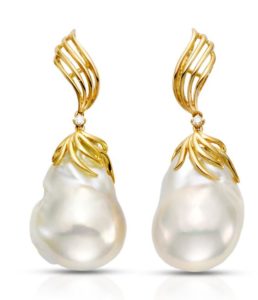
Experiences replace products requiring marketers understand the special feelings customers get from the brand. Place is everyplace with customers engaging on their terms. Exchange involves more than money to include a value experience. Promotion is evangelism through fans via content marketing, social media, public relations, influencer blogs, and word-of-mouth. Among the concepts in play: custom design, pickup-and-delivery, insider knowledge/how-to lessons, personal stylists, home trial offers, and pay-it-forward gift with purchase.






